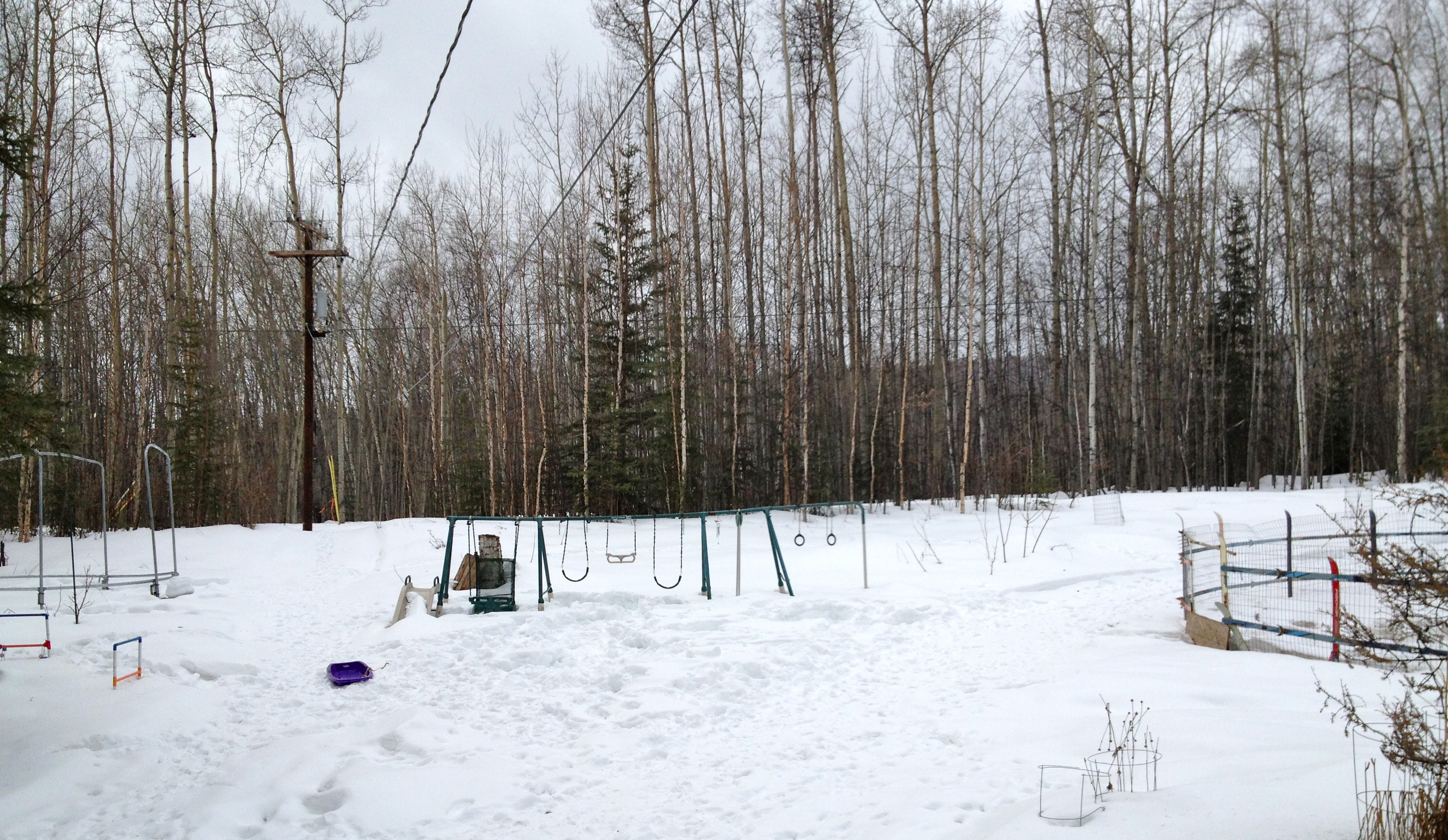Snowy Spring Snaps Records Across US


Alaska's frigid winter refuses to release its grip on America's northernmost state.
In interior Alaska yesterday and today (May 1), residents hauled out handheld ice scrapers to excavate cars and trucks blanketed by a late-season snowstorm. The National Weather Service said 6 to 10 inches (15 to 25 centimeters) of snow fell between Monday and Wednesday in the Fairbanks region.
Last weekend, cold air racing south from the Arctic snapped cold temperature records across the state. At the University of Alaska, Fairbanks, the NWS reported a record low of 2 degrees Fahrenheit (minus 16 degrees Celsius) on April 28. East of Fairbanks, the town of Eagle hit a record low of minus 5 degrees F (minus 20 C).
The cold temperatures are as much as 20 degrees below normal, the NWS said. On the Nenana River, the ice is running about 10 inches thicker or more than is typical for this time of year. Each year, people from around the world place bets on when the Nenana River ice will break up, a contest called the Nenana Ice Classic.
Despite the chilly weather, some signs of spring have already appeared around Fairbanks, such as pussy willows (furry buds) on willow trees. With 17 hours of warm daylight, icy puddles appear during the day, and snow piles are melting between storms.
But with a high-pressure system in the Bering Sea directing the polar jet stream over Alaska, the shivery spring is likely to last another month, the NWS predicts.
The unusually frigid spring is the latest in a string of cold winters to hit Alaska during the 2000s. The Alaska Climate Research Center attributes the shift to the Pacific Decadal Oscillation. This 20-year climate oscillation is in what is called a negative phase, meaning it is directing Arctic storms across Alaska.
Get the world’s most fascinating discoveries delivered straight to your inbox.
Alaska isn't the only state with a record snowy spring this year. Wichita, Kan., had its seventh-coldest April on record, with record lows on April 23 and 24, according to the NWS. And a storm moving through the Rockies this week is expected to drop up to a foot (30 cm) of snow in Denver, Cheyenne, Wyo., and the Great Plains, the NWS has forecast. Denver is already buried under 11 inches (28 cm) more snow than average for April.
Editor's note: This story was updated May 1 to correct the record low temperatures for Alaska on April 28.
Email Becky Oskin or follow her @beckyoskin. Follow us @OAPlanet, Facebook & Google+. Original article on LiveScience's OurAmazingPlanet.




